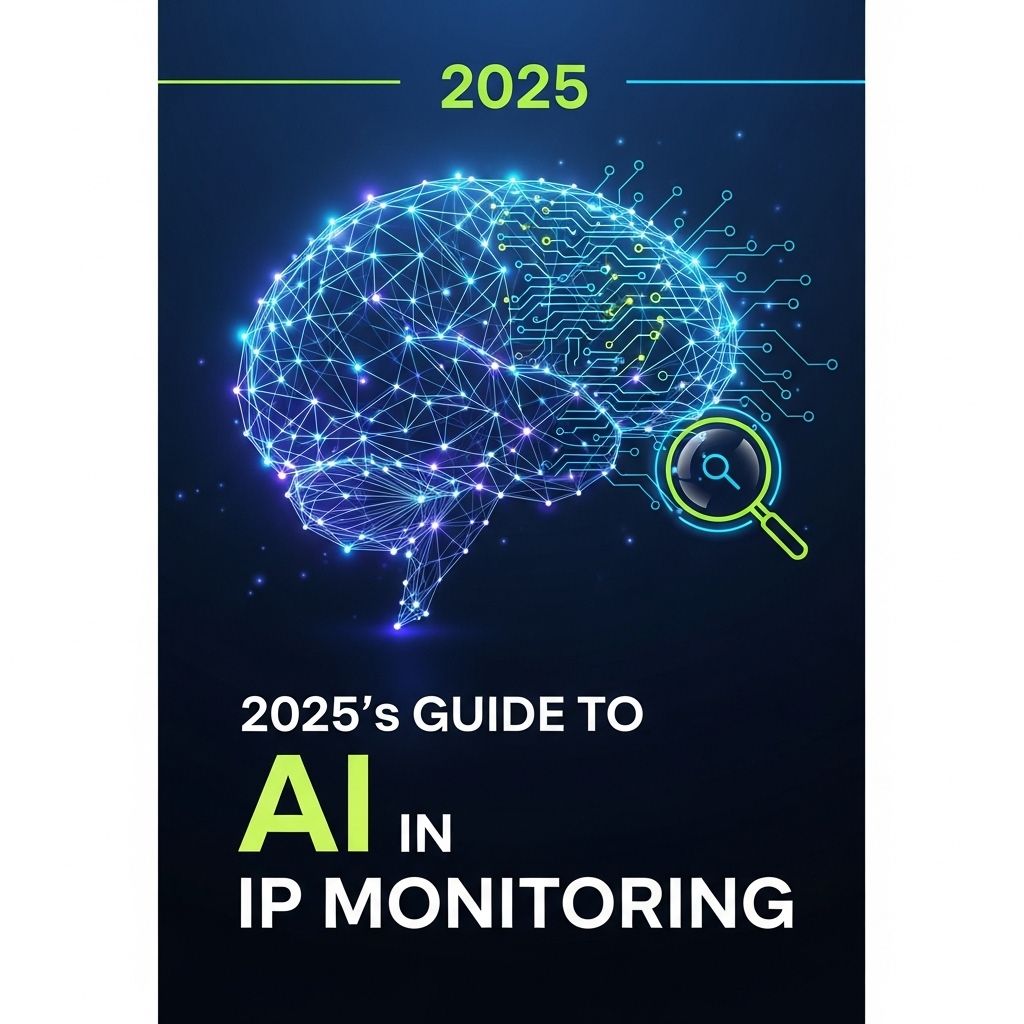2025 Guide to Setting Up Remote Access VDI
Discover the ultimate guide for setting up Remote Access VDI in 2025 with expert tips and best practices.

In today’s fast-paced digital landscape, the need for remote access to Virtual Desktop Infrastructure (VDI) has become increasingly paramount. As organizations evolve to support a global workforce, understanding how to set up and optimize VDI for remote access is critical. This article delves into the essentials of remote access VDI setup, exploring the technology, best practices, and tools necessary for a seamless experience.
Table of Contents
Understanding VDI and Its Importance
Virtual Desktop Infrastructure (VDI) allows users to access desktop environments hosted on a centralized server. This setup provides numerous advantages:
- Flexibility: Employees can access their desktops from any location.
- Cost-effectiveness: Reduces the need for high-spec hardware.
- Centralized management: Simplifies updates and security protocols.
- Enhanced security: Data is stored centrally rather than on local devices.
Key Components of VDI
To successfully implement a remote access VDI, several key components must be integrated:
1. Hypervisor
The hypervisor is the software layer that enables the creation and management of virtual machines (VMs). Popular choices include:
- VMware vSphere
- Microsoft Hyper-V
- Citrix Hypervisor
2. Virtual Machines (VMs)
Each user requires a VM that mimics a physical desktop. These VMs can be provisioned with the necessary applications and configurations tailored to user needs.
3. Connection Broker
The connection broker is vital for managing user sessions and connecting users to their VMs. It ensures load balancing and optimal resource allocation.
4. Storage Solutions
VDI setups require robust storage solutions to handle multiple concurrent users. Consider using:
- Network Attached Storage (NAS)
- Storage Area Networks (SAN)
- All-Flash storage for performance
5. Remote Access Protocols
Protocols dictate how data is transmitted between the client and the server. Common protocols include:
- Remote Desktop Protocol (RDP)
- Citrix HDX
- PCoIP (PC over IP)
Steps to Set Up Remote Access VDI
Follow these steps for setting up an efficient remote access VDI:
Step 1: Assess Requirements
Identify user needs by considering:
- Number of users
- Types of applications used
- Performance requirements
Step 2: Choose the Right Infrastructure
Your options include:
- On-Premises: Suitable for organizations with strict data control needs.
- Cloud-Based: Offers scalability and reduced capital expenses.
Step 3: Select a Hypervisor
Choose a hypervisor that meets your technical needs and budget constraints.
Step 4: Configure Virtual Machines
Create VMs configured with necessary applications and user profiles. Utilize templates to streamline this process.
Step 5: Implement Connection Broker
Deploy a connection broker to manage user connections effectively and ensure that resources are allocated appropriately.
Step 6: Set Up Networking
Network configuration is crucial for performance and security. Key considerations include:
- VPNs: Provide secure access to the VDI.
- Firewalls: Protect against unauthorized access.
Step 7: Enable Remote Access Protocols
Configure the selected protocols to facilitate seamless communication between the user’s device and the VDI.
Step 8: Test the Setup
Conduct thorough testing with different user profiles to ensure that performance meets expectations.
Best Practices for Remote Access VDI
To optimize VDI performance and user satisfaction, consider the following best practices:
- Regular Updates: Keep the hypervisor and all related components up to date.
- Monitor Performance: Use monitoring tools to track resource usage and user experience.
- Implement Security Protocols: Use multi-factor authentication to enhance security.
- User Training: Train users on how to effectively use the VDI environment.
Common Pitfalls to Avoid
While setting up VDI, be aware of potential pitfalls:
- Underestimating Resources: Ensure sufficient bandwidth and storage for expected user loads.
- Poor User Experience: Regularly gather feedback and make adjustments as necessary.
- Lack of Security Measures: Make security a priority to protect sensitive data.
Conclusion
Implementing a remote access VDI can significantly enhance workforce efficiency and flexibility. By understanding the fundamental components and following best practices, organizations can create a robust setup that meets their needs. As technology continues to evolve, staying informed about advancements in VDI and remote access solutions will ensure that your organization remains competitive in the digital age.
FAQ
What is VDI remote access?
VDI remote access allows users to connect to virtual desktops hosted on a centralized server, enabling them to work from anywhere with an internet connection.
How do I set up remote access for VDI in 2025?
To set up remote access for VDI in 2025, you’ll need to choose a VDI provider, configure virtual machines, set up a secure connection, and ensure that your network can handle the necessary bandwidth.
What are the benefits of using VDI for remote access?
VDI offers enhanced security, centralized management, flexibility for users, and the ability to easily scale resources based on demand.
What hardware requirements are needed for VDI remote access?
VDI remote access typically requires a server with adequate CPU and RAM, storage for virtual machines, and a reliable internet connection for end-users.
Are there any security concerns with VDI remote access?
Yes, security concerns include potential data breaches, unauthorized access, and the need for robust encryption and multi-factor authentication to protect sensitive information.
Can I use VDI on mobile devices for remote access?
Yes, most VDI solutions support access from mobile devices, allowing users to connect to their virtual desktops from smartphones and tablets.







